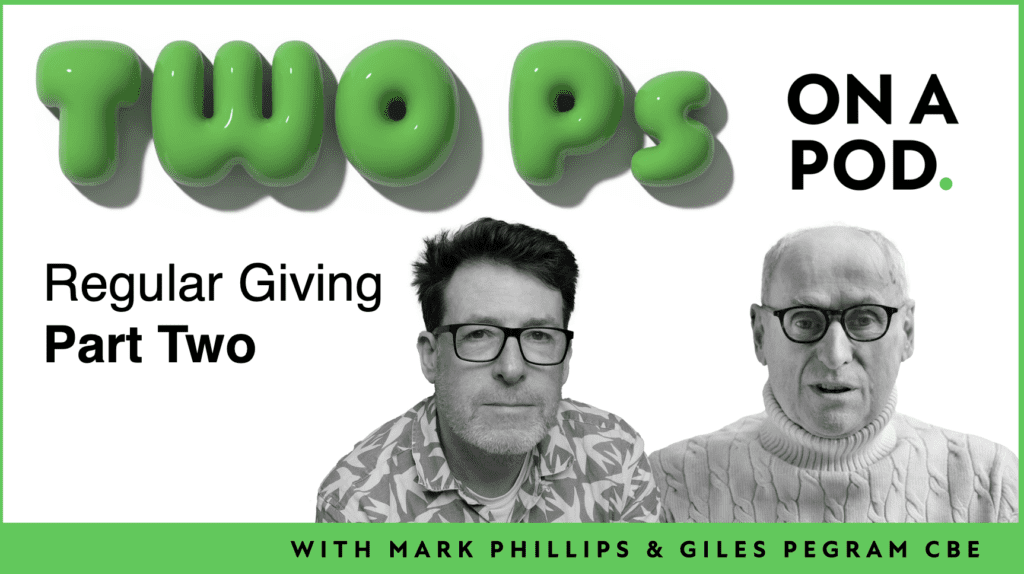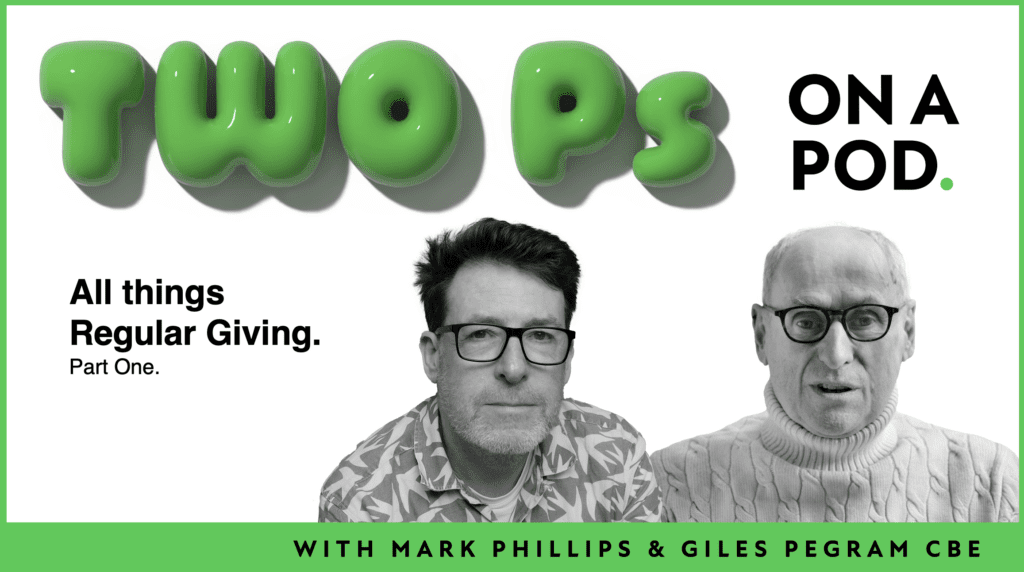The impact of ‘Social Information’ on giving behaviour
First off, let's define what we mean by Social Information. Put simply, it's just a name for knowing what other people are up to.
But I don't mean gossiping about Katie and Peter. It's more about the economic impact of knowing what's going on. I suppose you could call it market intelligence.
For example, if you are buying a second-hand car you need to know the going rate. You can check out newspaper classified ads or Glass's Guide. Both will show you what your chosen model is currently selling for and allow you to work out what is a fair price.
It's the same with salaries. By looking at job ads, you can work out if you are under or over-paid.
But it's not just related to commercial activity. It also impacts on fundraising.
Anyone who did a sponsored swim or walk whilst at school will understand the concept. You get your mum or dad to sponsor you for a hefty amount at the top of the form in the hope that other people will match their gift. Some people might ignore this type of prompt but those that are influenced by it make it a worthwhile technique.
What's important however, is how it can be used for wider fundraising activity.
Rachel Croson and Jen Shang from Indiana University carried out a fundraising experiment that tried to measure it's impact when they examined the philanthropic effect of sharing information on donation levels.
It focussed on a US public radio station that had three fundraising drives a year during which DJs and volunteers asked for donations and proposed contribution levels that ranged from $50 for basic membership on up to $2,500.
Because their range of recommended donations was so wide, donors had little idea of what the "right" contribution level might be.
So Croson and Shang set out to see if they could influence donors in their choice. They wanted to find out if donors who were told how much another donor had given would donate more than those who had no benchmark to go by.
They focused on three levels of giving…
- $75
- $180
- $300
When a donor called in, the person manning the phone told the caller that
"We had another member who contributed $X."
(With X being randomly assigned as one of the three chosen amounts.)
The results were then compared to calls from a control group who were told nothing.
They found a strong uplift, particularly for the $300 test segment.
"Those members who were told that another donor had contributed $300 gave an average contribution of $119.70, while those in the same group who were not told about the other donor's contribution (the control group) gave $106.72. This $13 difference "would translate into a 12% increase in revenue for the station had all callers been offered the $300 social information."
The impact didn't stop there. The strategy appeared to have a long-term effect. Whereas the average gift of the control group in the subsequent year to the test was just $86.11, those who received the social information gave in a range from $93.97 to $121.13.
Because the influence of sharing the $300 social information had been so great, they decided to test even higher amounts, comparing $600 and $1,000 prompts.
They found that mentioning
- $600 generated an average gift of $172
- $1,000 generated an average gift of $142
What they discovered was a "boundary effect". The suggested donation had to be appropriate to the financial position of the donor otherwise it simply wasn't relevant. If the prompt was too high it simply placed the donors back in the position of making their own choice.
Croson and Shang have also tested this relevance theory by adding details of the sex of the previous contributor in their telephone conversations. They found that women, for example, give more if they are told it was a women who had made the large gift. As they explain…
"This result is again consistent with the social conformity story. If another person like me gave a particular amount, then it is more likely to be relevant or appropriate than if another person unlike me gave that amount."
Though many of us might have used a similar approach in street or telephone fundraising calls, i.e…
"Many people are choosing to give £10 a month. Would that be a suitable amount for you?"
I'd question whether we are being as intelligent with the use of social information as we could be. Croson and Shang also found the approach worked in appeal letters. At Bluefrog we are placing far more emphasis on the use of social information in the development of our creative work and in the construction of our targetting plans.
As with every aspect of fundraising, the more focus we can place on the donor – showing them both the impact they have on our work and how their gift relates to those of other donors – the more effective we will be.
Tags In
Related Posts
3 Comments
Comments are closed.
The Essentials

Crack the Code to Regular Giving: Insights, Strategies, and a Special Giveaway!

‘Tis Halloween. Keep to the light and beware the Four Fundraisers of the Apocalypse!

Why do people give? The Donor Participation Project with Louis Diez.

A guide to fundraising on the back of a postcard

What does the latest research tell us about the state of fundraising?






I’ve been trying to implement some of the ideas from Rachel & Jen’s research at my charity. Although our testing hasn’t been as rigorous as it should’ve been we’ve seen some encouraging results from using pics of ‘typical’ donors and quotes from them about how much they give in newsletters/appeals.
There is also some good research that ties in with this about the language to use when talking about the future and also using positive labelling to make out shared values and connect with the donor , such as “generous people like you have”
I’m amazed at how few charities seem to have picked up and implemented some of these ideas. They are alos closely linked to many of the theories you’ll find in books like ‘Nudge’ ‘Persuasion’ & ‘Predictably Irrational’.
Door to door fundraisers seem to have picked this up. When the PDSA managed to sign me up for a tenner a month (cleverly pitched as £5 from me, and £5 as a ‘gift subscription’ for a friend), the fundraiser made sure he worked in how generous my neighbours had been.
Always interesting to experience fundraising as a prospective donor as well as a practitioner.
Hi Nigel
Thanks for that – the “gift subscription” is a very nice touch.
Thanks for reading and commenting.
Best wishes
Mark